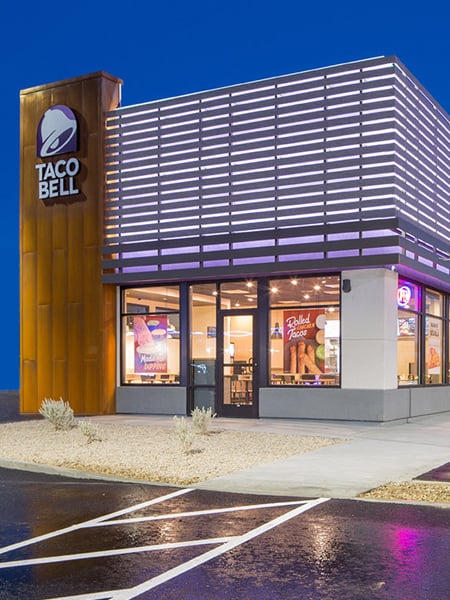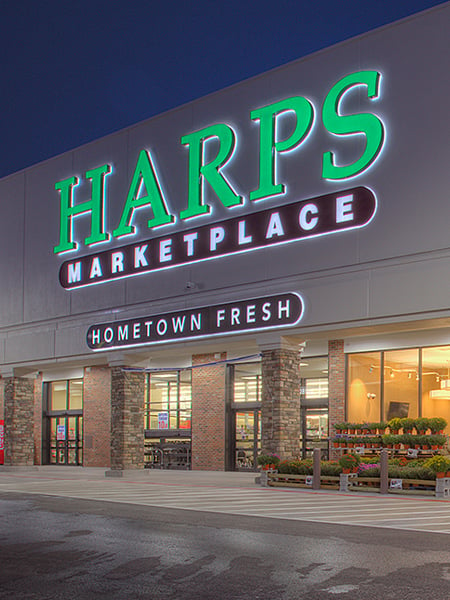How has COVID-19 changed frontline communication?
by Scott Van Brunt, on April 14, 2020
Few things haven’t been changed by the global outbreak of COVID-19. One fact is undeniably true: the speed of frontline communication is accelerating in response to COVID-19. Crew is a secure, real-time communication platform that connects frontline teams, giving us particular insight into frontline communications.
As organizations adapt to the ongoing crisis, near constant change has become the ‘new normal,’ leading to an increased need for communication — both in terms of volume as well as frequency.
For the average organization on Crew, the volume of communication activity increased by 72% in the last 2 weeks of March, when the true impact of COVID-19 started to be felt in the United States, as compared with the first ten weeks of the 2020.

Digging into these numbers, this spike is the result of a number of factors, including:
- More communications being sent (+43%)
- More people included in each communication (+24%)
- A greater desire on the part of recipients to receive information (more on that below)
As mentioned above, it isn’t only the volume of communication that has increased, it’s the speed of that communication as well. There are a few ways we measure changes in communication velocity, the first being the amount of time it takes for a message to be read by an employee or team member.
A year ago in March 2019, most messages on Crew (62%) were read within a minute, and the vast majority (88%) were read within the hour. This is what real-time communication looks like — information getting to the right people in a hurry:

With all the urgency and uncertainty that has come with COVID-19, this pace has hastened dramatically. By late march 2020, almost all organizations on Crew were dealing with the impact of the crisis, and it shows in the numbers. Now, 85% of messages are read within a minute of being sent and 98% of messages are read within an hour.

Of course, we can only learn so much from the time to first read, as communications need to be read and actioned by everyone in an organization to be effective. Returning to March 2019, we see that on average 48% of all reads for a given message happen within one hour of it being sent, and 70% happen within 6 hours.

Again when we compare to March 2020, it becomes clear just how much the speed of message consumption has increased as employees are more tuned to information from employers about the company’s response. Now fully 63% of all recipients have read a given message within an hour, and 86% have done so within 6 hours:

One reason communication is moving faster is the recipients are looking for that communication. Most employees (63%) say they are looking for daily updates from their employers about COVID-19. At Crew, this heightened desire for real-time communication has manifested in a dramatic increase in daily active users (+17%) as well as an increase in the frequency with which employees are opening the Crew app (+19%).
We know that communication is only one component of what it will take organizations to navigate this crisis, but it is a vital one. We are heartened to see our frontline communication platform being put to use in this way.
We are currently waiving fees and providing accelerated, one-day deployments to organizations directly impacted by COVID-19. We’re all in this together; if there is anything Crew can do to help you and your team, please reach out.


